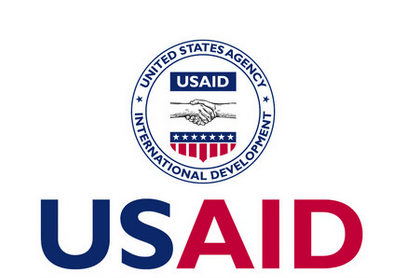
Canada has cancelled the automatic 10-year multiple-entry visas and has tightened rules on visa. The revision of the visa policy now shifts away from long-term multiple-entry tourist visas.
Immigration officers will now determine visa validity on a case-by-case basis, aligning with the government’s focus on managing immigration amid housing shortages and rising living costs. The move may require visitors to apply for visas more frequently and plan their trips more carefully.
This announcement about the changes to the visitor visa policies, effectively ends the automatic issuance of 10-year multiple-entry visas, according to new rules outlined by Immigration, Refugees and Citizenship Canada (IRCC).
The IRCC posted an update on the federal government’s website on Nov. 6 claiming that “multiple-entry visas issued to maximum validity are no longer considered to be the standard document.”
Previously, visitors to Canada could be granted multiple-entry visas for up to 10 years, which allowed them to enter and exit the country freely during that period.
Under the new rules, this will no longer be the default option. Now, visa officers will assess applicants based on an individualized basis to determine whether a single or multiple-entry visa will be issued and its validity period, the IRCC said.
Factors for issuing visas include an applicant’s purpose of visit, funds, medical conditions, ties to their home country and more.
For multiple-entry visas, officers will also decide the validity period and can choose to provide a time frame shorter than the maximum 10 years.
The IRCC said factors will include whether there is a short-term purpose for the visit, an applicant’s status in their current country of residence, changes to ties to their country of residence and Canada over time and whether the economic or political conditions are unstable in their home country.
Source: graphic.com.gh







